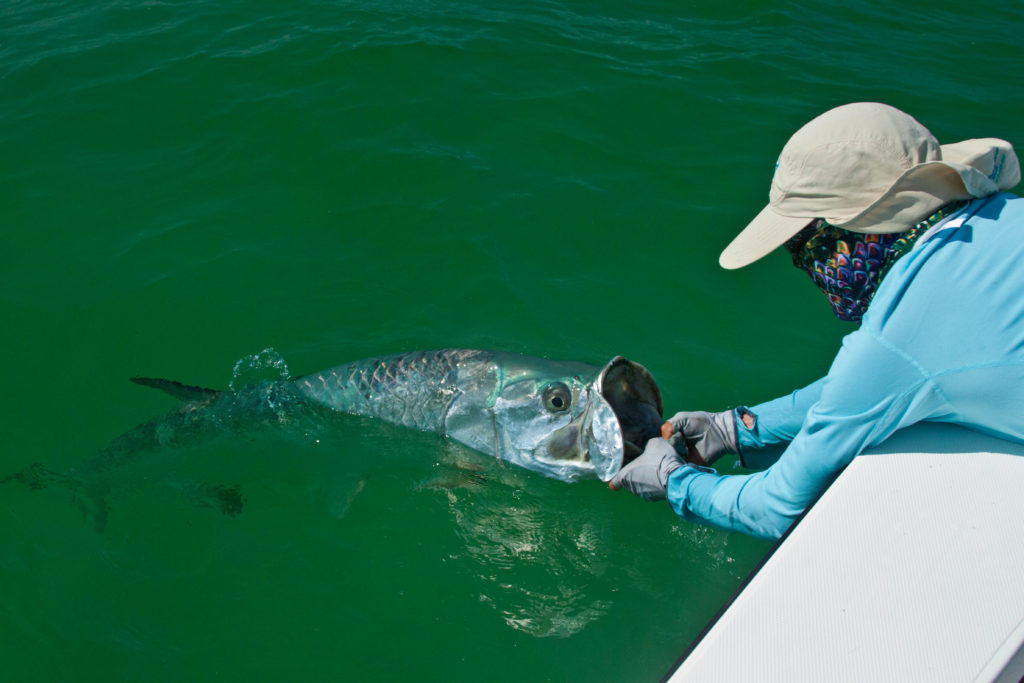During a recent presentation to a fishing club, I talked about some of the threats to the flats fisheries in Belize and Mexico. In Belize, the newest trend among resort developers is building over-the-water walkways and cabins so that their guests can enjoy an immersive experience with the ocean environment. The problem with such development lies with these structures being built on the flats, effectively reducing the habitat available for bonefish, tarpon, and permit. In Mexico, the latest word is of plans to apply this Cancun-style development plan to the southernmost region of the Yucatán Peninsula, with obvious impacts to flats habitats and the fishery.
After my presentation, someone from the audience approached me and asked why he should care about what happens in Belize and Mexico. He fishes the flats in the Florida Keys, not Belize or Mexico. My response was simple: because there’s a very high chance that some of the bonefish he encounters in the Florida Keys got their starts somewhere else.
In the case of bonefish, data from two recent studies suggests that a significant portion of the bonefish population in the Florida Keys originates elsewhere. It’s likely that bonefish larvae spawned in Belize and Mexico—as well as other locations—eventually end up in the Keys. Therefore, habitat loss impacting bonefish in Belize and Mexico has direct implications for bonefish in the Florida Keys.
The ongoing acoustic tagging study of tarpon has already revealed extensive regional movement of the Silver King—such as the Florida Keys to Virginia. These movements have included large tarpon as well as individuals in the 50 lb range. Current regulations on tarpon fishing outside of Florida generally fail to provide adequate protections. Making sure there are good conservation measures in place for your favorite local fishing areas are important. But only focusing on home isn’t nearly enough. What happens in one location has a domino effect on the fisheries in countless other locations throughout the region.
These are just a couple examples of why our fisheries should be viewed as shared resources, which should encourage us all to be engaged in flats conservation wherever it’s necessary.
PC: Aaron Adams




